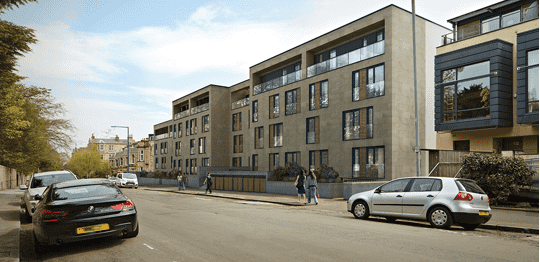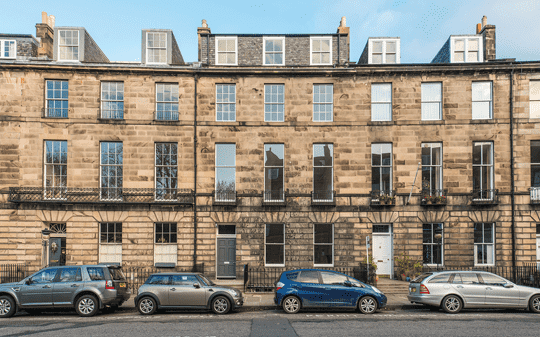The year 2016 ended with a total of 100,081 residential transactions recorded across Scotland, which is the highest annual number since 2008. The overwhelming majority of residential transactions in Scotland take place up to £400,000, and this is where much of the growth in last year’s activity happened. The bulk of the market is being assisted by low mortgage and taxation rates, along with government initiatives such as Help to Buy.
The number of transactions compared to 2015 increased by a marginal 3%. This reduced growth was due to the slowdown in the oil-dependent Aberdeen area, where the number of transactions dropped annually by 15% last year. Furthermore, mortgage lending in Scotland, which increased annually by 10% in 2015, fell by 2% in 2016. Two-thirds of residential transactions are facilitated by mortgages. Economic and political uncertainty, coupled with tighter lending criteria, are combining to suppress the growth in overall market activity.
There were 4,019 Scottish residential transactions at £400,000 and above during 2016. This was 12% lower than the level in 2015. This drop was largely due to the surge in activity that took place during the first three months of 2015, ahead of the introduction of higher taxation rates under LBTT from April 2015. In comparison with the year 2014, the number of prime transactions in 2016 was 3% lower.
The drop in transactions above £400,000 during 2016 suggests that LBTT is suppressing the market. While LBTT has impacted performance above £400,000, it is better assessed, in our opinion, by excluding abnormal activity in the Aberdeen area. Transactions above £400,000 in the Aberdeen area made up 22% of Scotland’s total in this price band during 2014 and 2015. This percentage dropped to 13% in 2016. The number of transactions above £400,000 across the rest of Scotland’s total in this price band was 5% lower in 2016 compared to 2015 but 12% higher than the level in 2014 (see Figure 1).
.png)
.png)


.png)
.png)
.png)
.png)
.png)
.png)
.png)